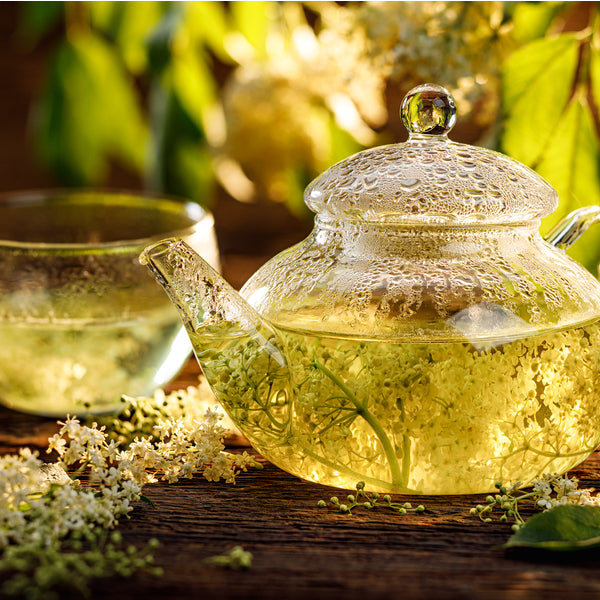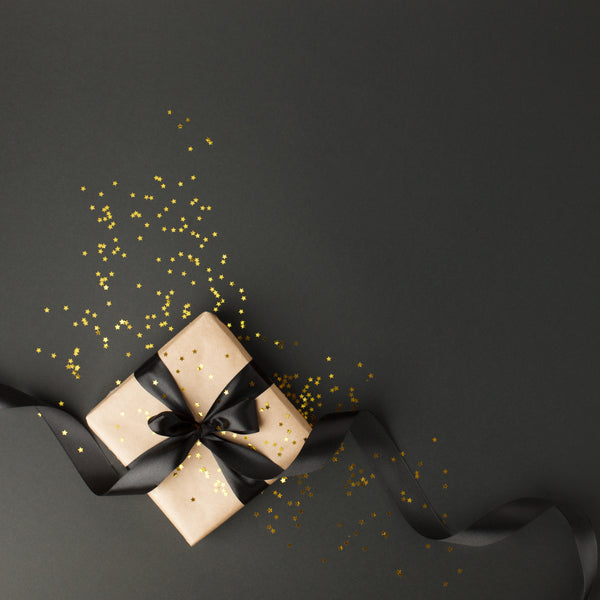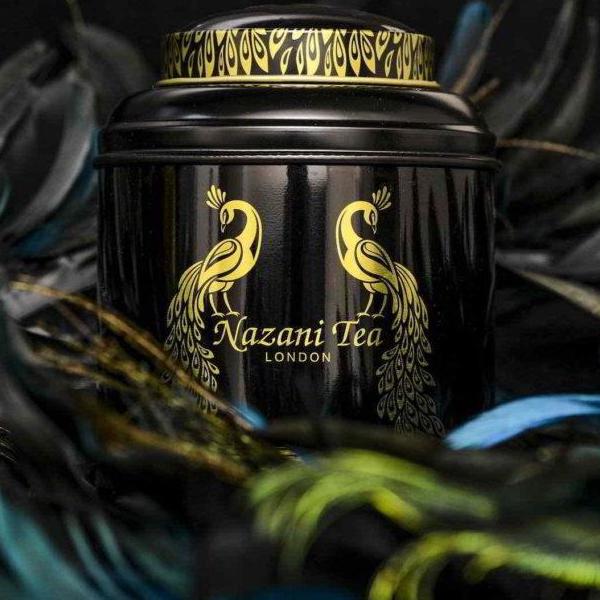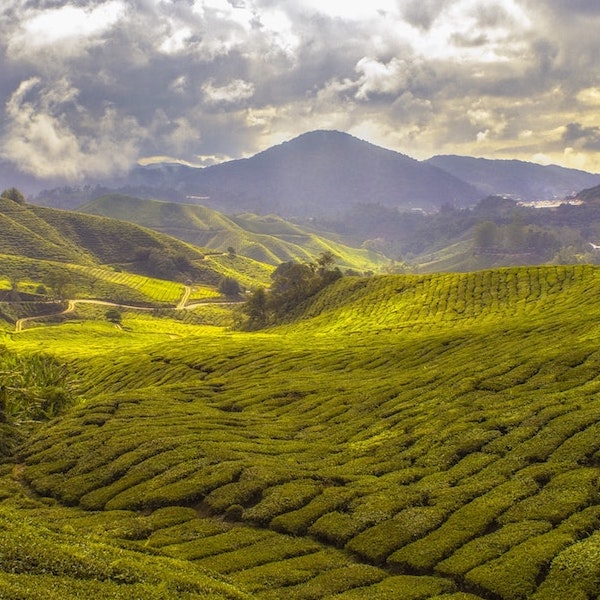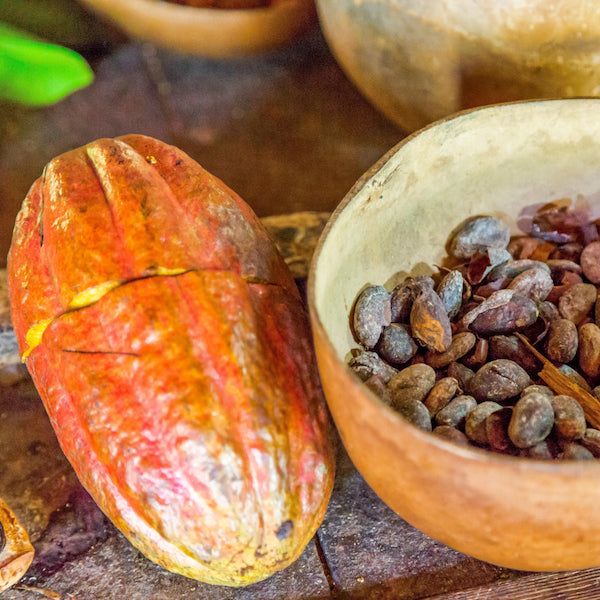What is Chamomile?
"Chamomile" is the common name for several herbs from the daisy-like flowers of the Asteraceae plant family. The name “chamomile” is derived the Greek word “chamomaela” (χαμαίμηλον (khamaimēlon)) meaning "ground apple" to describe its apple-like aroma. One of the most ancient and versatile medicinal herbs known to mankind, having been used medicinally for around 5,000 years, chamomile's use was noted in hieroglyphic records, in addition to an ancient Anglo-Saxon manuscript, and was commonly used by ancient Greek physicians.
Throughout the ages chamomile has been used by physicians and herbalists for fevers and women's conditions, in fact the botanical name of the most widely cultivated type, Matricaria, is derived from the Latin word for womb.
At present, "chamomile" is used in traditional medicine as an herbal remedy for insomnia, stress and anxiety, and treating cold and flu symptoms, as well as improving immunity during sickness.
Types of Chamomile
There are several plants with the common name of "chamomile" growing around the world at present, including:
- Chamomilla recutitaor Matricaria recutita, German Chamomile;
- Anthemis arvensis, corn, scentless or field chamomile;
- Anthemis cotula, stinking chamomile;
- Cladanthus mixtus, Moroccan chamomile;
- Chamaemelum nobile or Anthemis Nobilis, Roman Chamomile;
- Cota tinctoria, dyer's, golden, oxeye, or yellow chamomile;
- Eriocephalus punctulatus, Cape chamomile;
- Matricaria discoidea, wild chamomile or pineapple weed; and
- Tripleurospermum inodorum, wild, scentless or false chamomile.
but the two most sought-after for their medicinal benefits are German Chamomile (Matricaria recutita) and Roman or English Chamomile (Chamaemelum nobile or Anthemis nobilis). We take a look at both plants referred to as chamomile, and outline the differences in taste, aroma, appearance and health benefits.
Both plants contain chamazulene, a blue-violet aromatic chemical compound traditionally used for a multitude of reasons, including calming and soothing skin, and inflammation. Chamazulene may also be highly useful in protecting cells from stress caused by byproducts of normal cellular processes (i.e. demonstrates antioxidant activity) and managing the activity of molecules involved in a normal immune response.
However, the chemical components and proportions differ slightly in both plants leading to the differences noted below.
German Chamomile (Matricaria recutita)
German Chamomile (sometimes referred to as wild chamomile), is an annual plant (which lives for one growing season and then dies) and is propagated by seed planting or letting the flower heads go to seed for the following year. German Chamomile stems are hairless, branch out, and are longer, with many small flowers on each stem. It thrives in Europe and temperate parts of Asia and is widely cultivated in Eastern Europe, but most notably in Egypt.
The aroma from well grown German Chamomile is like sweet straw, with sweet, herbaceous and grassy tasting notes (and little to no bitterness, negating the need for any sweeteners).
German Chamomile contains a higher concentration of chamazulene, so the pure essential oil has a deep blue colour. As a result it may be traditionally used for, its anti-inflammatory and infection fighting properties, maintaining and calming skin, detoxing, calming the mind and body, and for menstrual and menopausal problems, including PMS.
German Chamomile is more widely cultivated than Roman Chamomile, and will most likely be the variety you are drinking right now. Our limited edition Chamomile from Scotland is German Chamomile (Matricaria recutita).
Roman Chamomile (Chamaemelum nobile or Anthemis nobilis)
Roman Chamomile is a small evergreen perennial plant (which regrows each year from the same root system), growing low to the ground and often being used as an earth-friendly lawn substitute in England. It is therefore propagated by division and not seed. Roman Chamomile stems are feathery, with one flower, larger than 1 inch diameter, on each stem. Thriving in Central Europe and North America, Roman Chamomile is not widely cultivated.
The aroma of Roman Chamomile is lighter and fresher with stronger notes of apple.
Roman Chamomile contains less chamazulene and is mainly constituted from esters of angelic acid and tiglic acid, so the essential oil has more of a yellow-pale blue colour. As a result it may be traditionally used for its anti-spasmodic, anti-fungal and highly calming properties.
Learn more about our limited naturally grown (German) Chamomile from Scotland.
If however, chamomile is not your thing, or you enjoy chamomile-esque flavours then head over to learn about our Linden, which has a pleasant herbal flavour with subtle sweet notes.

